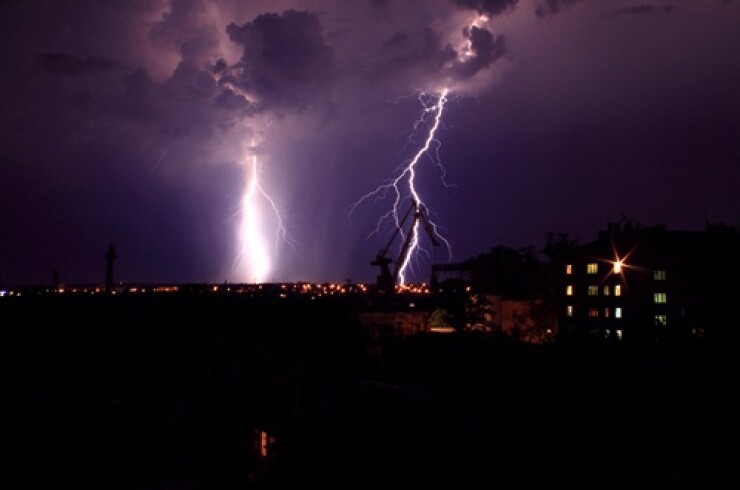So far in 2024, the United States has seen significant severe convective storm activity and economic losses. Aon's
Global insured losses from natural disasters so far this year are higher than average at $58 billion, versus $39 billion. However, this is lower than the amount of damages over the past three years, which reached at least $60 billion in insured losses by the end June.
Due to high activity of severe convective storms in the U.S. and higher claims payouts, Aon estimates that the insurance protection gap decreased to 50%. Forecasts for the latter half of 2024 continue to show high severe convective storm activity for the U.S., as well as a very active and severe hurricane season.
A webinar expanding on CCC's
"All of the different sources with forecasts and predictions for 2024, they're all forecasting a very, very significant increase in hurricane activity this year. In fact, even the information that we provided in Q2's Crash Course is already obsolete," said Kyle Krumlauf, CCC's senior analyst. "Colorado State University has updated their forecast to include additional named storms or hurricanes, and up to six major hurricanes are now forecasted for 2024... It's going to be a pretty heavy hurricane year, based on all of the forecasts that are out there."
When looking at the trend for daily comprehensive claims volume, CCC found that
"One of the key themes of this is when you have a hurricane or other catastrophic event or severe conductive storm activity in a certain region, you will see an influx of claims volume, which is going to put serious burdens on the ecosystem that supports consumers," said Krumlauf.
Experts predict that severe convective storms and hurricanes will continue to put pressure on the claims lifecycle.
Krumlauf stated, "Severe conductive storm activity, which is generally going to be in the Midwest and Central Plains region [of the] United States, continues to be a real challenge for the industry, especially as areas within the Central Plains and Midwest continue to see increased growth in population density, building more houses, et cetera."






